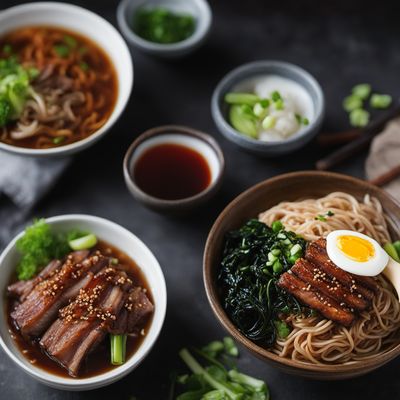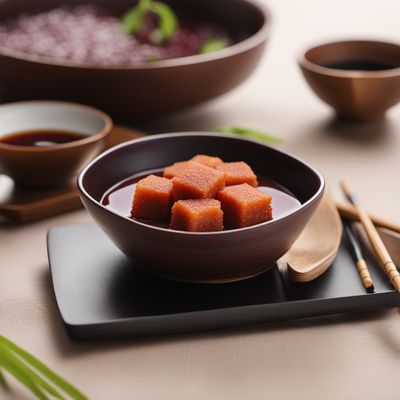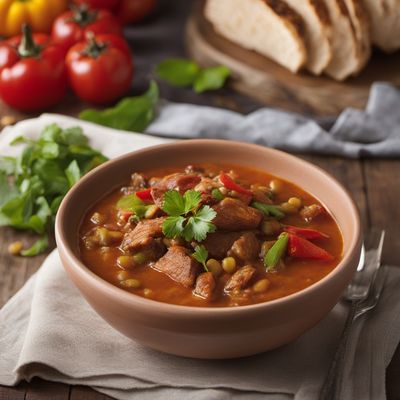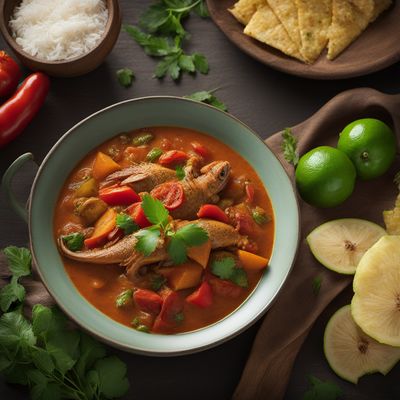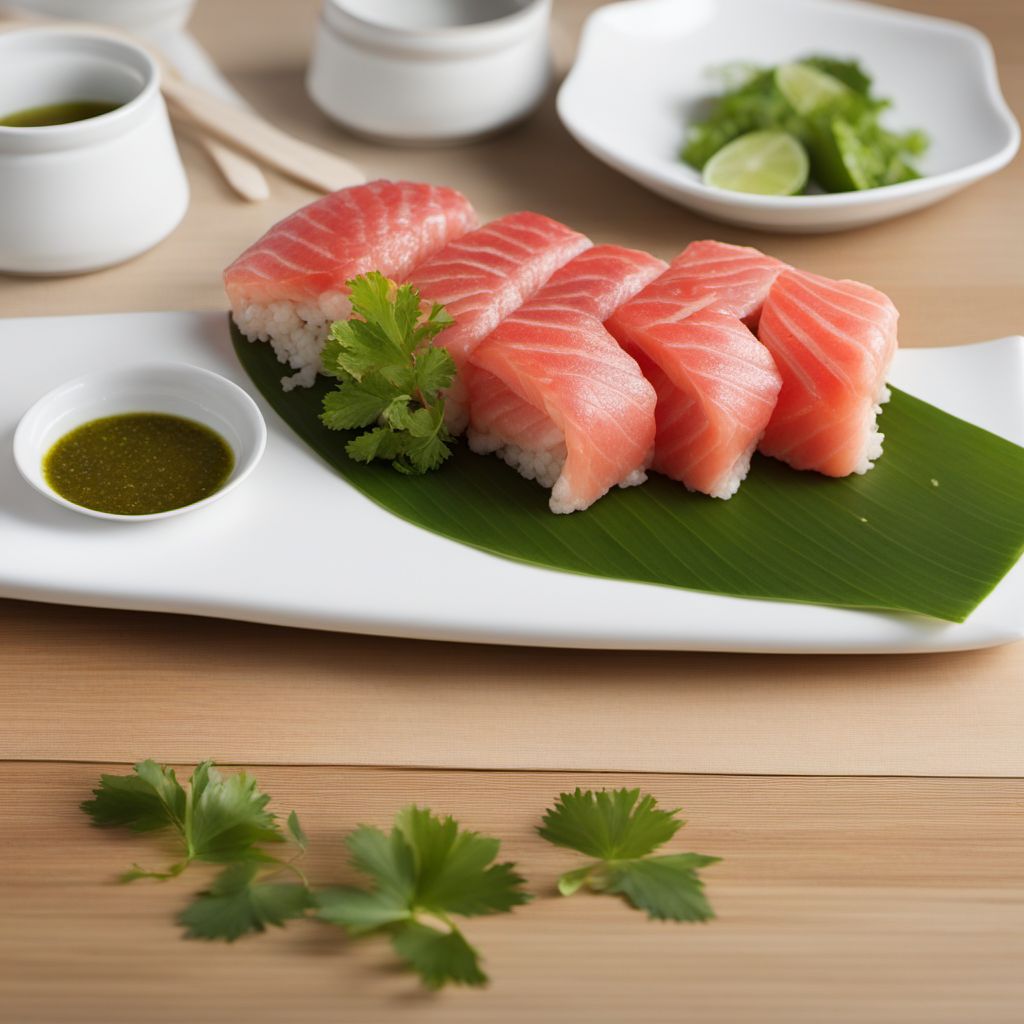
Recipe
Panamanian-style Battera Sushi
Tropical Fusion: Panamanian-style Battera Sushi with a Twist
4.7 out of 5
Indulge in the vibrant flavors of Panamanian cuisine with this unique twist on the traditional Japanese dish, Battera. This recipe combines the delicate art of sushi-making with the bold and tropical ingredients of Panama, resulting in a fusion of flavors that will transport your taste buds to paradise.
Metadata
Preparation time
30 minutes
Cooking time
N/A
Total time
60 minutes (including chilling time)
Yields
4 servings
Preparation difficulty
Medium
Suitable for
Pescatarian, Gluten-free, Dairy-free, Nut-free, Low-fat
Allergens
Fish (red snapper or shrimp), Soy (in the dipping sauce)
Not suitable for
Vegan, Vegetarian, Paleo, Keto, High-protein
Ingredients
In this Panamanian adaptation of Battera, we incorporate local ingredients and flavors to give it a unique twist. Instead of traditional Japanese seafood options like mackerel or salmon, we use fresh Panamanian seafood such as red snapper or shrimp. Additionally, we introduce tropical elements like mango and cilantro to add a burst of flavor and freshness. These modifications infuse the dish with the vibrant and zesty essence of Panamanian cuisine. We alse have the original recipe for Battera, so you can check it out.
-
2 cups (470ml) sushi rice 2 cups (470ml) sushi rice
-
1/4 cup (60ml) rice vinegar 1/4 cup (60ml) rice vinegar
-
1 tablespoon sugar 1 tablespoon sugar
-
1 teaspoon salt 1 teaspoon salt
-
8 ounces (225g) fresh red snapper or shrimp, thinly sliced 8 ounces (225g) fresh red snapper or shrimp, thinly sliced
-
1 ripe mango, thinly sliced 1 ripe mango, thinly sliced
-
1/4 cup (15g) fresh cilantro leaves 1/4 cup (15g) fresh cilantro leaves
-
2 tablespoons soy sauce 2 tablespoons soy sauce
-
1 tablespoon lime juice 1 tablespoon lime juice
-
1 teaspoon grated ginger 1 teaspoon grated ginger
-
Nori sheets for wrapping Nori sheets for wrapping
Nutrition
- Calories (kcal / KJ): 250 kcal / 1046 KJ
- Fat (total, saturated): 2g, 0.5g
- Carbohydrates (total, sugars): 52g, 8g
- Protein: 6g
- Fiber: 2g
- Salt: 1.5g
Preparation
-
1.Rinse the sushi rice under cold water until the water runs clear. Cook the rice according to package instructions.
-
2.In a small bowl, mix the rice vinegar, sugar, and salt until dissolved. Once the rice is cooked, transfer it to a large bowl and gently fold in the vinegar mixture. Allow the rice to cool to room temperature.
-
3.In a separate bowl, combine the soy sauce, lime juice, and grated ginger to create a dipping sauce.
-
4.Lay a sheet of plastic wrap on a clean surface and place a sheet of nori on top. Spread a thin layer of sushi rice evenly over the nori, leaving a small border around the edges.
-
5.Arrange a layer of sliced red snapper or shrimp on top of the rice, followed by a layer of mango slices and cilantro leaves.
-
6.Carefully roll the sushi into a tight cylinder using the plastic wrap to help shape it. Repeat this process with the remaining ingredients.
-
7.Once all the sushi rolls are prepared, refrigerate them for at least 30 minutes to allow them to set.
-
8.Remove the plastic wrap and slice the sushi rolls into bite-sized pieces. Serve with the dipping sauce on the side.
Treat your ingredients with care...
- Red Snapper or Shrimp — Ensure the seafood is fresh and properly cleaned before slicing. If using shrimp, remove the shells and devein them before slicing.
- Mango — Choose a ripe mango that is slightly firm for easier slicing. Remove the skin and slice the fruit thinly for a delicate texture.
- Cilantro — Wash the cilantro thoroughly and pat it dry before using. Use only the leaves for this recipe, discarding the stems.
Tips & Tricks
- To prevent the sushi rice from sticking to your hands, wet them with water or vinegar before handling the rice.
- Experiment with different Panamanian seafood options such as grouper or lobster for a luxurious twist.
- Add a touch of heat by incorporating thinly sliced Panamanian chili peppers into the sushi rolls.
- For a vegetarian version, substitute the seafood with thinly sliced avocado or grilled plantains.
- Serve the Panamanian-style Battera Sushi with a side of pickled ginger and wasabi for an authentic sushi experience.
Serving advice
Arrange the sliced Panamanian-style Battera Sushi on a platter and garnish with additional cilantro leaves and thin slices of lime. Serve alongside the dipping sauce and provide chopsticks for an elegant and authentic dining experience.
Presentation advice
To enhance the presentation, arrange the sushi rolls in a decorative pattern on a rectangular serving dish. Use vibrant tropical leaves or edible flowers as garnishes to add a pop of color and showcase the fusion of Panamanian and Japanese influences.
More recipes...
For Japanese cuisine » Browse all

Monjayaki - Tokyo's Sizzling Street Food Delight
Tokyo's Flaming Pancake: Monjayaki - A Sizzling Delight

Chikuwa Tempura with Spicy Ponzu Sauce
Crispy Chikuwa Delight: Japanese Tempura with a Spicy Twist
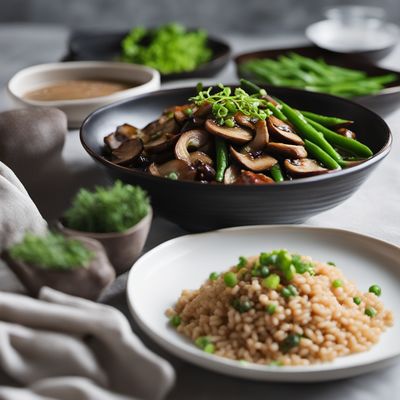
Mugi Gohan with Seasonal Vegetables
Harmony in a Bowl: Nutritious Mugi Gohan with Fresh Vegetables
More Japanese cuisine dishes » Browse all

Karintō
Karinto
Karintō is a traditional Japanese snack that is made from flour, sugar, and sesame seeds. It is a crunchy and sweet snack that is perfect for any...
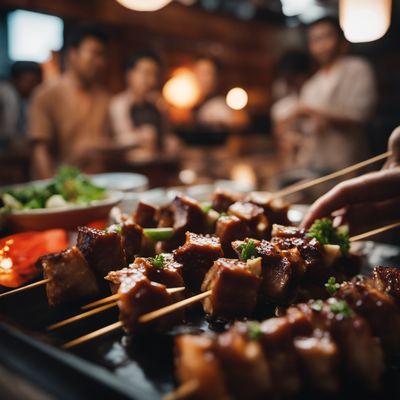
Kimo yakitori
Chicken liver skewers
Kimo yakitori is a Japanese dish made with grilled chicken liver.
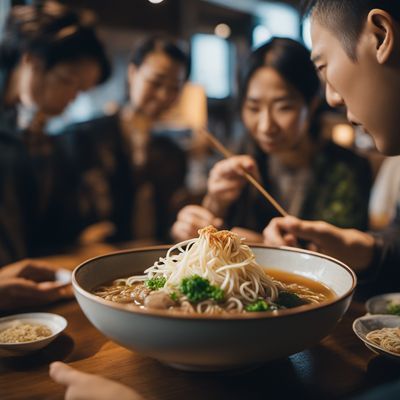
Toshikoshi soba
End of the year buckwheat noodles soup
Toshikoshi soba is a traditional Japanese noodle dish that is eaten on New Year's Eve. It consists of soba noodles in a hot broth made from dashi,...
More Panamanian cuisine dishes » Browse all

Sopa de patacón
Green plantain soup
Sopa de patacón is a traditional soup from Colombia made with green plantains and a variety of vegetables and meats.
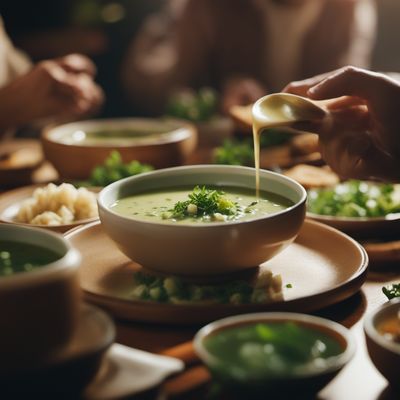
Sopa de cebollin
Scallion soup
Sopa de cebollin, also known as scallion soup, is a simple and flavorful soup that is perfect for a light lunch or dinner. The soup is made with...

Sopa de gallina india
Indian hen soup
Sopa de gallina india is a traditional Peruvian soup made with hen, vegetables, and spices. It is a hearty and flavorful dish that is perfect for...

